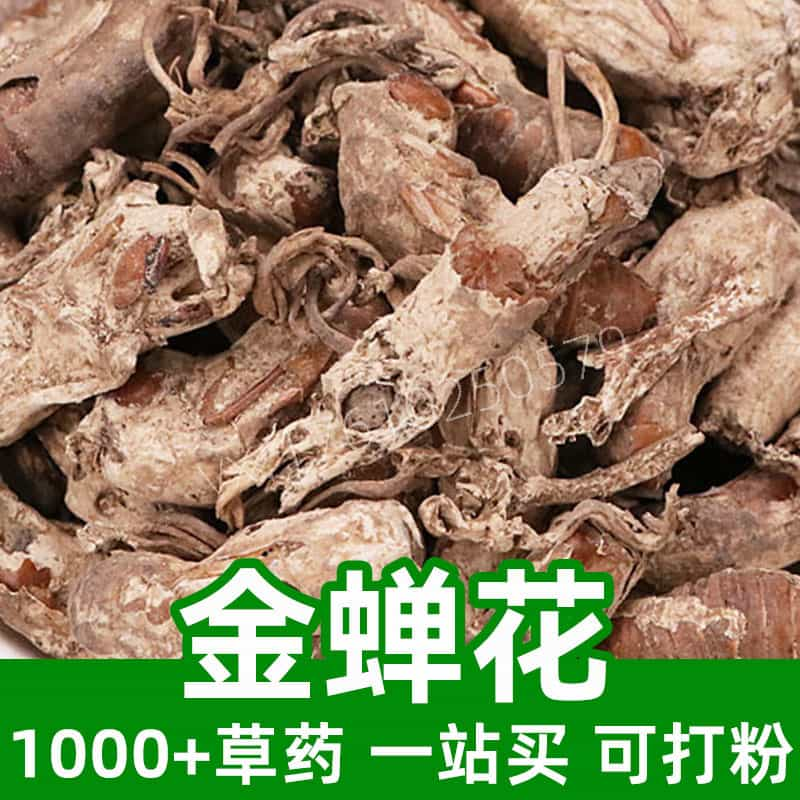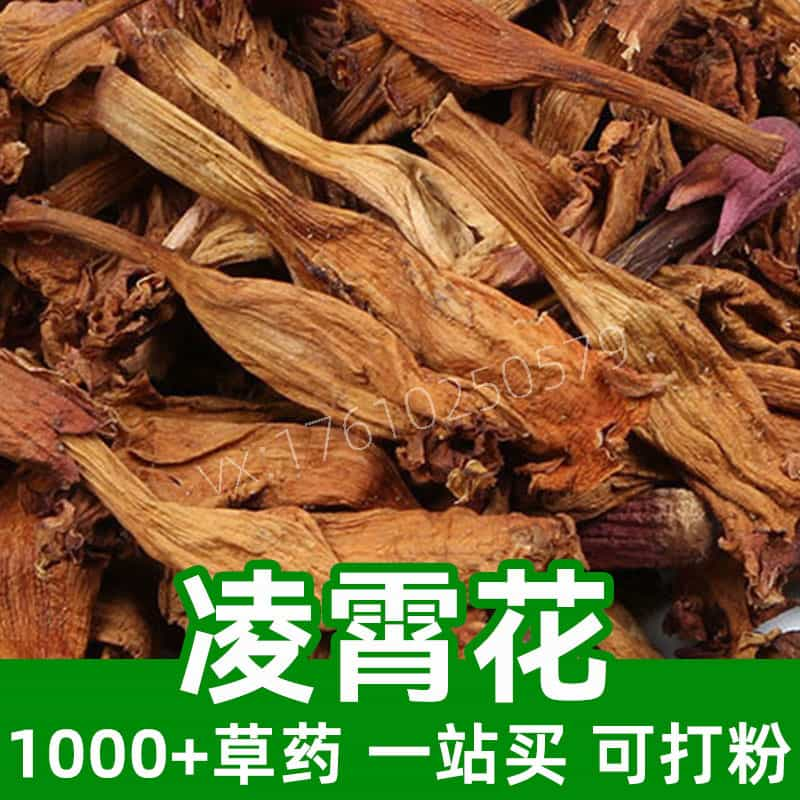Sword Bean Shell Product Description
Sword bean shell refers to the outer shell of the sword bean fruit, commonly used in traditional medicine and food processing. It mainly contains plant fiber, polysaccharides, protein, and other components. Derived from the pods of the sword bean plant, the shell is collected and processed after harvesting. In traditional Chinese medicine, sword bean shell is widely used to clear heat, remove dampness, strengthen the spleen, aid digestion, and detoxify. It is often used to treat symptoms like damp-heat diarrhea, spleen-stomach damp stagnation, and lack of appetite, with a sweet taste and neutral nature, entering the lung and spleen channels. The shell can be used alone in medicinal formulations or combined with other herbs in traditional Chinese medicine prescriptions. In food processing, it is also used to extract active components or as a natural food additive.
Key Active Components of Sword Bean Shell
Sword bean shell, a common traditional Chinese medicinal material, contains active components that provide pharmacological benefits and nutritional health effects.
- Plant Fiber: Rich in cellulose and hemicellulose, which increase intestinal peristalsis, promote bowel movements, and help prevent and alleviate constipation.
- Polysaccharides: Contains various polysaccharides, such as arabinogalactan and xylose, which offer antioxidant, immune-regulating, and anti-inflammatory effects, enhancing immunity and disease resistance.
- Protein: Contains a moderate amount of protein, with a rich amino acid profile that provides nutritional value for human health.
- Flavonoids: Includes compounds like quercetin, which have antioxidant, anti-inflammatory, and antibacterial properties that help support overall health.
- Alkaloids: Contains minor alkaloid components, such as quercetin-based alkaloids, which have pharmacological applications and can be used in medicinal preparations or drug synthesis.
- Volatile Oils: Some sword bean shells contain small amounts of volatile oils, offering a mild aroma and additional therapeutic effects.
The combination of these active components grants sword bean shell properties like heat-clearing, dampness-removing, spleen-strengthening, digestion-promoting, antioxidant, anti-inflammatory, and antibacterial benefits, making it valuable in traditional medicine and health foods.
Sword Bean Shell Applications and Usage
Sword bean shell is extensively applied in traditional medicine and food industries, particularly in medicinal formulations, health foods, and as a food additive. Below is an overview of its main uses and dosage guidelines in these fields:
- Medicinal Formulations: Commonly used in traditional Chinese herbal formulas for clearing heat, removing dampness, strengthening the spleen, and promoting digestion. Typical preparations include sword bean shell granules or oral liquid. Dosage is generally 5–10 grams per use, taken as a decoction or orally.
- Health Food Applications: Frequently used as an ingredient in health foods, available in capsules or tablets for consumption. Common forms include sword bean shell capsules and tablets, with dosage based on the product’s instructions.
- Food Additive Applications: Used as a natural food additive to enhance flavor and nutritional content. For example, sword bean shell powder can be added to bread, cookies, and other products to increase fiber content and improve texture and quality.
- Decoction Method: Often prepared as a water decoction in traditional Chinese medicine. Add a suitable amount of sword bean shell to water, bring to a boil, and simmer for 10–15 minutes, then strain and drink the liquid. Generally recommended 1–2 times daily, with dosage adjusted as needed.
- Capsules or Tablets Method: When used as a dietary supplement in capsule or tablet form, dosage follows the product instructions, typically 2–3 times daily with 1–2 capsules or tablets per dose, taken after meals with warm water.
- Food Additive Method: As a food additive, sword bean shell powder is generally incorporated according to the food production process and formula ratio, with dosage determined by the specific food recipe.
Overall, sword bean shell has broad applications in traditional medicine and food industries, with usage and dosage based on product instructions or professional guidance.
Source Plant of Sword Bean Shell, Distribution, and Growth Environment
Sword bean shell is derived from the plant Entada phaseoloides, a member of the Fabaceae family. Below is detailed information on its source plant, distribution, and growth conditions:
- Botanical Characteristics: Sword bean is a large, woody vine commonly found in tropical and subtropical regions. The plant has long, thick stems that grow in a climbing fashion. Its leaves are compound, with multiple small, shiny leaflets in an oval or oblong shape. The flowers are small, usually blue or purple.
- Distribution Range: Sword bean is widely distributed in tropical and subtropical regions across Asia, Africa, and Australia. In Asia, it grows in southern China, Southeast Asia, the Indian subcontinent, and Sri Lanka. In Africa, it’s found in much of Sub-Saharan Africa, including the Central African Republic, Congo, and Angola. Northern and northeastern Australia also have sword bean populations.
- Growth Environment: Prefers tropical rainforests, riverbanks, and wetland areas. Generally grows in sparse forests, along riverbanks, or marshy areas; it tolerates various soil types but favors well-drained, organic-rich soils. Thrives in full sun but can also grow in partial shade.
- Growth Habits: A robust vine with strong climbing ability, sword bean can grow along trees, shrubs, or other supports, often reaching several tens of meters. It has a fast growth rate and requires ample space and support.
- Propagation: Mainly through seeds. The mature sword bean fruit is large and contains multiple seeds, which naturally fall to the ground or are dispersed by animals. The seeds germinate in suitable conditions.
As a medicinal material, sword bean shell is sourced from the seed pod of the sword bean plant, primarily found in tropical and subtropical regions with moist, rainforest-like environments.
Sword Bean Shell Harvesting, Processing, and Storage
Proper harvesting, processing, and storage are crucial to maintaining the quality and medicinal efficacy of sword bean shell. Below are the detailed guidelines:
- Harvesting Time: Typically harvested when the fruit is mature, usually in autumn or late fall, when the shell is dry and turns a deep brown color.
- Harvesting Method: Ripe sword bean pods are picked, opened to extract the seed shells. Only complete, dry shells without visible damage or contamination should be selected.
- Processing: Collected shells are cleaned thoroughly and sun-dried. Rinse with clean water to remove impurities and dust, then air-dry in a well-ventilated, shady, and dry area.
- Storage Conditions: Store in a cool, dry place, away from direct sunlight, heat, and humidity. Use dry paper bags or sealed containers to prevent moisture and mold. Keep away from strong odors, chemicals, or harmful substances.
- Storage Duration: Typically, sword bean shell has a storage life of about one year, though it may last up to two years under optimal conditions. Periodically check the shells for signs of mold or odors and replace if necessary.
- Notes: Prevent moisture and mold during processing and storage to preserve its medicinal value. During storage, turn the shells periodically for ventilation to maintain dryness.
Following proper harvesting, processing, and storage practices ensures that sword bean shell retains its quality and efficacy, allowing it to provide optimal therapeutic benefits in traditional medicine and health applications.
Monica Sun is a seasoned expert in the natural raw materials industry, with over a decade of experience specializing in traditional Chinese medicinal herbs, spices, and fungi. She is skilled in the sourcing, processing, and application of these materials, emphasizing sustainability and innovation. Monica Sun has contributed to the development of high-quality natural raw materials that serve as essential components in functional foods, pharmaceuticals, and cosmetics, delivering tailored solutions to meet diverse market needs.













